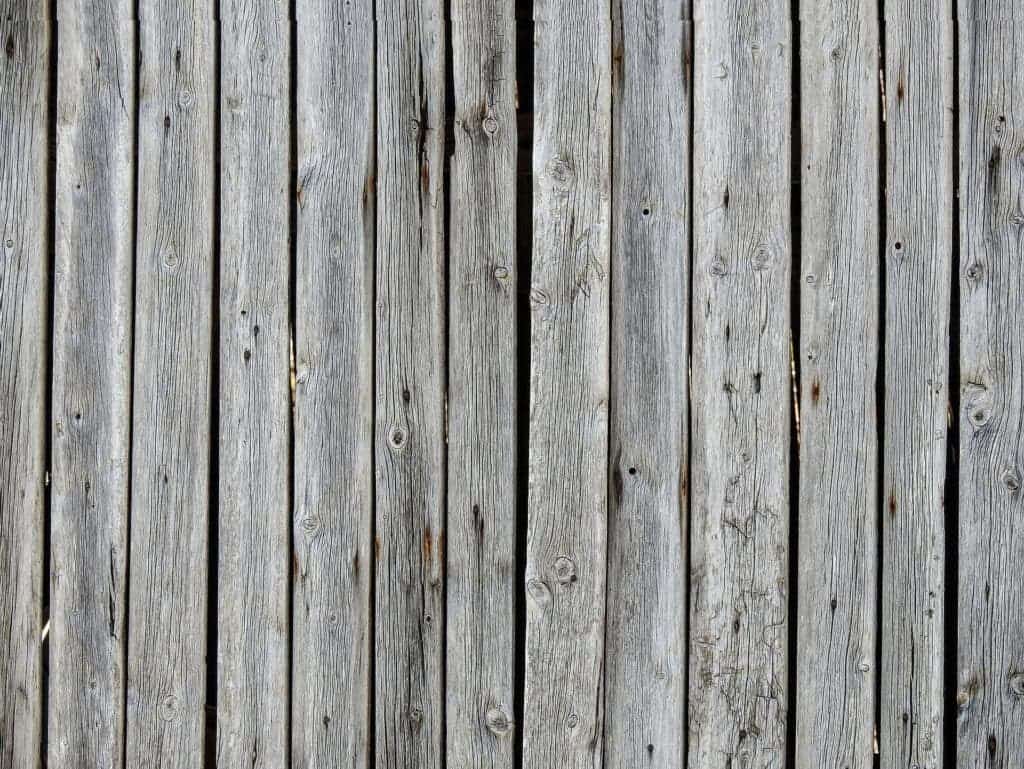Replacing steel and concrete with wood could help in our efforts to stabilize the climate, a new paper reports. The shift would slash emissions generated by the production of such materials and further acts as a carbon sink.

Despite the advantages of using wood over other materials in construction, the findings should be taken with a grain of salt: harvesting enough timber for all buildings could place huge pressure on the environment. The authors thus caution that sustainable forest management and governance is key to the success of such a shift.
Going back to the basics
“Urbanization and population growth will create a vast demand for the construction of new housing and commercial buildings — hence the production of cement and steel will remain a major source of greenhouse gas emissions unless appropriately addressed,” says the study’s lead-author Dr. Galina Churkina from the Potsdam Institute for Climate Impact Research in Germany (PIK).
For the study, the team analyzed four different scenarios spanning thirty years into the future. The business as usual scenario considered that only 0.5% of all new buildings constructed by 2050 will be made out of timber. The second and third scenarios considered that figure to sit at 10% and 50% respectively, to simulate a mass transition towards timber. The final scenario considered that 90% of all new buildings will be constructed out of wood, simulating what would happen if even underdeveloped countries make the transition towards this building material.
The first scenario could store around 10 million tons of carbon per year, while the last would be close to 700 million tons. The team explains that reductions in cement and steel production would help further reduce emissions, which currently sit at around 11,000 million tons of carbon per year. Assuming that steel and concrete would still be in use (scenario 2 and 3) and assuming an increase in floor area per person, as has been the trend up to now, the team estimates that timber buildings could slash up to 20% of the CO2 emissions budget by 2050 by reducing emissions from building material manufacturing. The carbon budget is the quantity of CO2 emissions we can release and still meet the 2°C threshold set by the Paris agreement.
The authors argue that society needs some kind of effective CO2 sink to meet this budget to counteract hard-to-avoid emissions, such as those from agriculture. A five-story building made of laminated timber can store up to 180 kilos of carbon per square meter, they explain, which is around three times more than what a natural forest could hold. However:
“Protecting forests from unsustainable logging and a wide range of other threats is key if timber use was to be substantially increased,” explains co-author Christopher Reyer from the PIK. “Our vision for sustainable forest management and governance could indeed improve the situation for forests worldwide as they are valued more.”
Currently, the team estimates, unexploited wood resources would cover the demands of the 10% scenario. If floor area per person remains as it is now worldwide, the 50% or even 90% scenario could be feasible. An important goal here is to reduce the use of wood as fuel to free it up for use as a construction material.
Reducing the use of roundwood for fuel — currently roughly half of the roundwood harvest is burnt, also adding to emissions — would make more of it available for building with engineered timber. Moreover, re-using wood from demolished buildings can add to the supply.
“There’s quite some uncertainty involved, yet it seems very worth exploring,” says Reyer. “Additionally, plantations would be needed to cover the demand, including the cultivation of fast-growing Bamboo by small-scale landowners in tropical and subtropical regions.”
The paper “Buildings as a global carbon sink” has been published in the journal Nature Sustainability.






